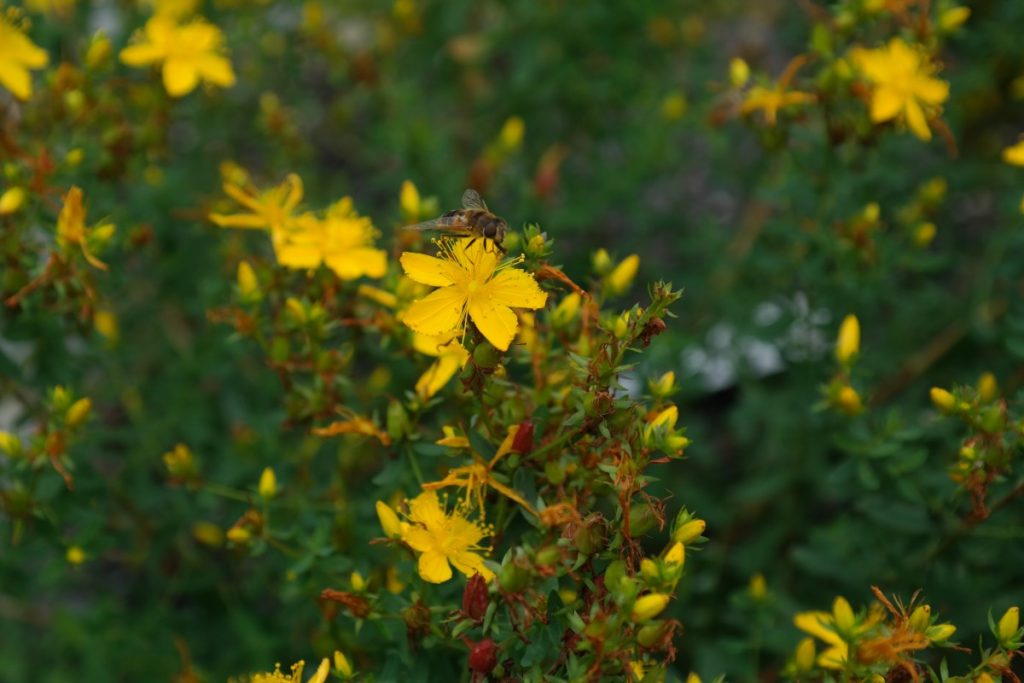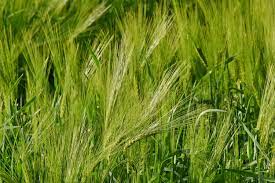Introduction:
The Botanical name of ‘Tulsi’ or the Basil Plant is OCIMUM SANCTUM. This plant is considered to be a sacred plant by the Hindus. It is also known by several other names such as; Vishnupriya, Tulasi, Divya, Bharathi and Krishna Mul. This is a highly scented plant and is considered to be of great spiritual and medicinal value.
Legend has it that Binda, the wife of Sankhachura was favored by Lord Krishna and transformed and immortalized as this herb and it is therefore considered to be a sacred plant.
In Malaysia the leaves of this plant are used to strew over the graves of dead persons for the peace and benefit of the departed souls.
Medicinal Properties:
In Allopathy it has been used as a demulcent, expectorant and the Tulsi leaf powder has been used as a snuff to destroy maggots. In the days gone by the medicated oil was used in the ear for earache. It was also tried with limejuice on common ringworm skin infections.
In Ayurveda, it has been recommended by Masters like Charaka, Harita, Chakradatta and others for colds, coughs, scorpion bites, fevers and constipation.
In Homeopathy, it has been used after potentization for diseases of the kidneys, bladder and urethra. It has also been found to be useful in persons who are forgetful and have a difficulty in concentration. It has also found limited use in liver disorders and dyspepsia. This remedy has been found to be useful in Influenza associated with bone pains, soreness of the muscles and terrible headaches.
Conclusion:
The Holy Basil plant indeed has an ancient traditional background. But, it has a lot of scientific uses too. In addition to medicinal properties, it has been used to remove the bad and filthy odor and arrest putrefaction of dead bodies and has the ability to kill pathogenic bacteria and control infections. The Holy Basil plant has also the ability to drive away mosquitoes and finds its use in preventing Malaria. The Holy Basil plant (Tulsi) is an example where the sages of the yore preached hygienic doctrines through spiritual tradition.



